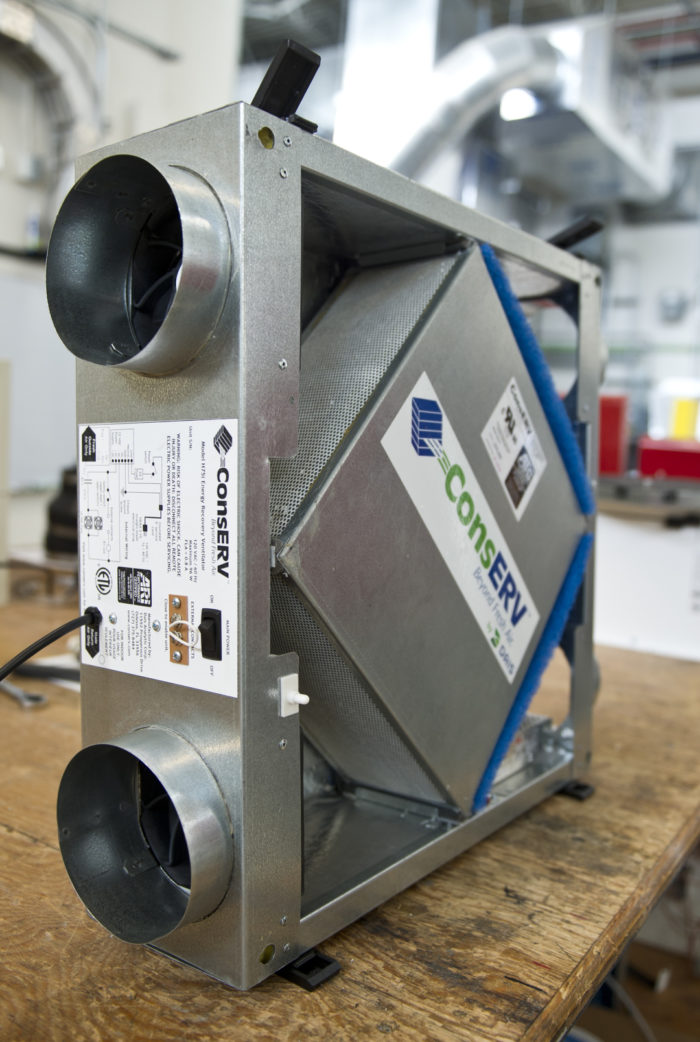Discovering the Advantages of Heat Recovery Ventilation for Energy Effectiveness in Houses
Heat Recovery Ventilation (HRV) systems supply house owners a useful approach to boosting energy efficiency. By recovering warmth from outgoing air, these systems can considerably decrease heating & cooling prices. In addition, they offer a stable supply of fresh air, boosting indoor air quality and comfort degrees. As homeowners take into consideration sustainable choices, understanding the nuances of HRV systems comes to be increasingly crucial. What aspects should one evaluate before making such an investment?
Comprehending Heat Recovery Ventilation Systems

Exactly How HRV Improves Indoor Air High Quality

Power Financial Savings: The Financial Advantages of HRV
Making best use of energy efficiency, heat recovery ventilation (HRV) systems use significant monetary benefits for home owners. By recouping and reusing warmth from exhaust air, HRVs markedly minimize home heating and cooling expenses. This modern technology can cause power Click Here cost savings of up to 30%, depending upon environment and go use patterns. Homeowners commonly observe minimized energy costs soon after setup, making HRVs a financially smart financial investment gradually. Additionally, numerous regions offer rewards or discounts for energy-efficient upgrades, better improving the economic allure. As energy prices continue to climb, the cost-effectiveness of HRVs becomes significantly clear. Overall, the consolidation of HRV systems not only promotes energy performance however additionally contributes to lasting monetary cost savings for homes.
The Ecological Influence of Heat Recovery Ventilation
A significant ecological advantage of heat recovery ventilation (HRV) systems depends on their capability to decrease overall power usage. By reclaiming warm from exhaust air and moving it to inbound fresh air, HRV systems reduce the demand for energy-intensive home heating and cooling techniques. This decrease in power demand adds to reduce greenhouse gas discharges, as less fossil gas is called for to maintain comfortable interior temperatures. In addition, HRV systems boost interior air high quality by successfully trading stagnant air with fresh click for info outdoor air, minimizing dependence on mechanical air conditioning systems that can damage the environment. On the whole, the execution of HRV systems sustains sustainable living practices and lines up with international initiatives to combat climate adjustment by advertising power efficiency in household settings.
Choosing the Right HRV System for Your Home
Exactly how can house owners ensure they choose the appropriate heat recovery ventilation (HRV) system for their needs? They should examine their home's size and design, as these elements affect air movement demands. Next, evaluating the system's performance ratings is vital, as higher ratings show far better efficiency and energy savings. Home owners ought to likewise take into consideration installation and upkeep prices, comparing different brands and models for worth. Furthermore, it's important to assess noise levels, as some systems run even more silently than others. Consulting with heating and cooling experts can provide customized referrals based upon particular home problems. Analyzing user reviews and warranties can aid in making an informed choice, making certain that the picked HRV system successfully boosts indoor air top quality and energy performance.
Regularly Asked Inquiries

Just how Typically Should I Tidy or Preserve My HRV System?
The frequency of cleaning or preserving a warm recuperation ventilation (HRV) system normally relies on use and ecological elements. Normally, it is a good idea to do upkeep every 6 months to assure peak performance and air top quality.

Can HRV Solutions Help In Reducing Humidity Levels Indoors?
HRV systems can effectively minimize indoor moisture levels by trading stagnant, moist air with fresh, drier air from outdoors. HRV Heat Recovery Ventilation. This procedure assists maintain a well balanced indoor setting, enhancing comfort and protecting against moisture-related problems
What Is the Life-span of a Common HRV System?
The life-span of a typical heat recovery ventilation (HRV) system differs, generally lasting between 10 to 15 years. Routine upkeep can extend its efficiency and functional life, making certain peak performance throughout its use period.
Exist Any Kind Of Sound Problems With HRV Solutions?
Sound worries with HRV systems can develop, particularly from fan procedure. Many contemporary devices are designed to minimize sound levels, ensuring they operate silently while preserving efficiency, which deals with possible disruptions in living environments.
Can I Install an HRV System Myself, or Do I Required a Specialist?
The individual contemplated whether to install the heat recovery ventilation (HRV) system personally or hire a specialist. Usually, while DIY setup is feasible, proficiency assurances proper functionality and compliance with local building regulations, enhancing system effectiveness.